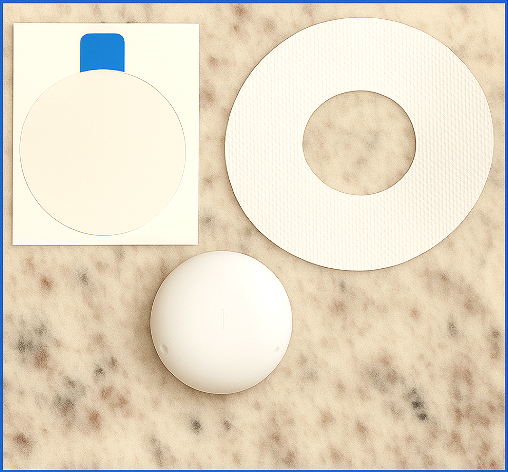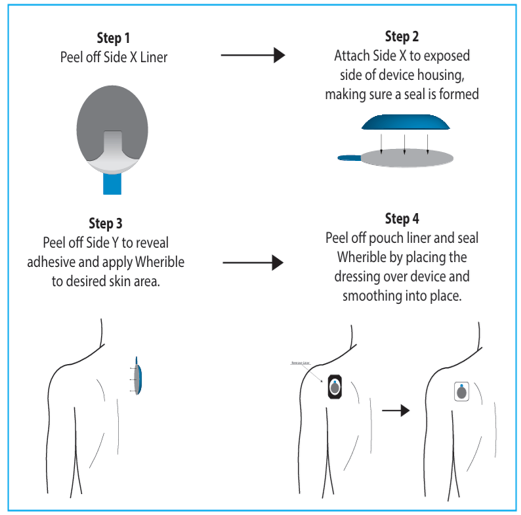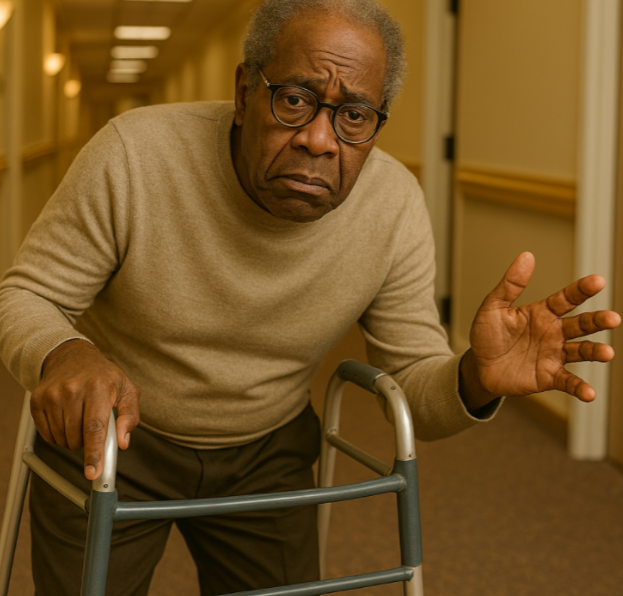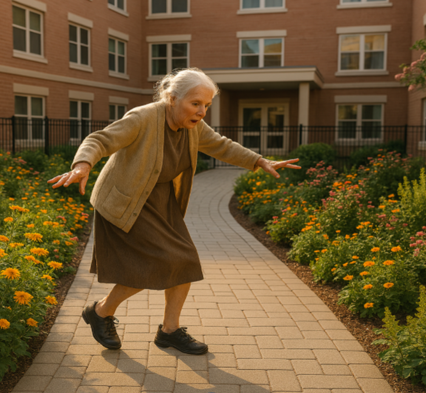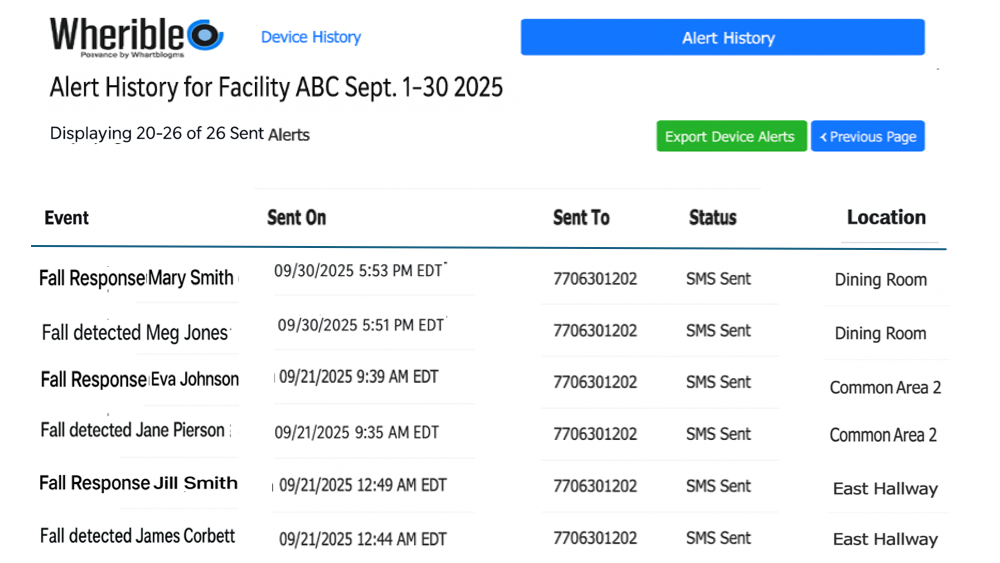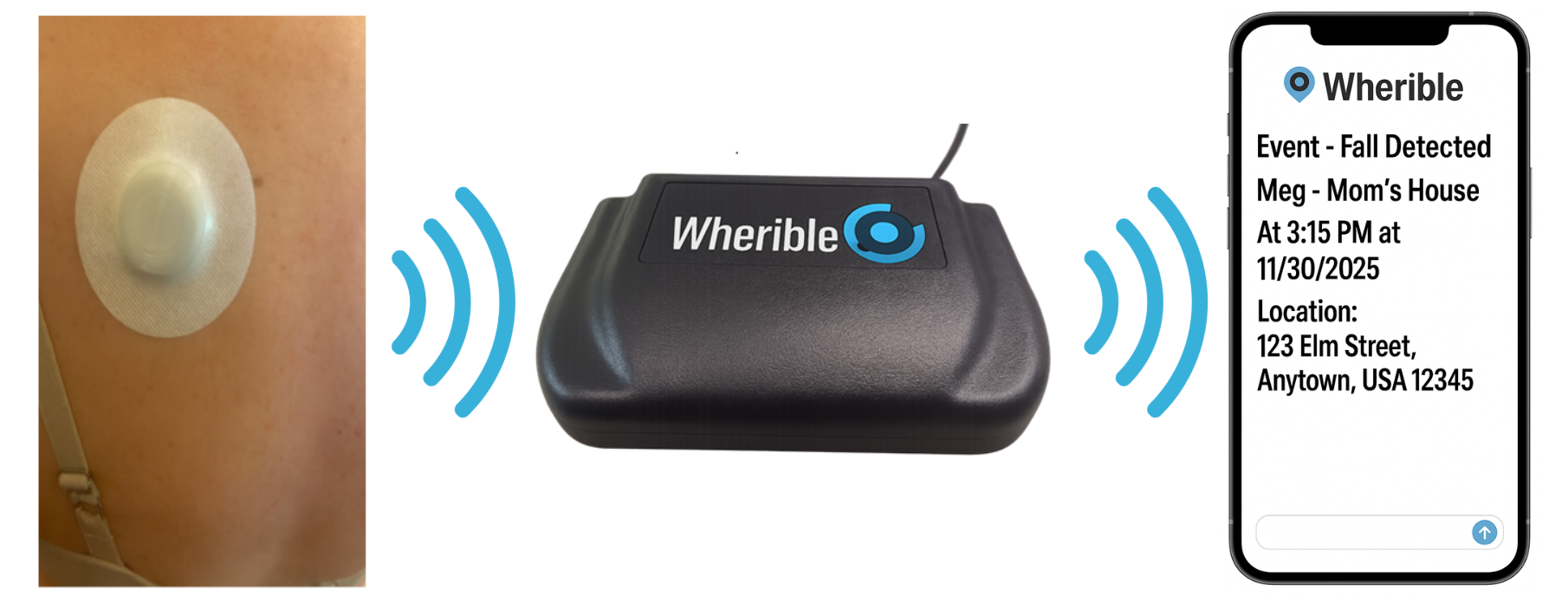
On-Skin Patch
Fall Detect
Solutions
Assisted Living / Memory Care
HomeCare / Age at Home
Microelectronics makes Fall Detection Simple in Resident Suites, Common Areas, Courtyards, Hallways, Anywhere
Applied by Facility Staff, Caregivers, Family
Apply it, Forget it, Trust it
Tiny Electronic Dome
Medical Grade Dressing
Perfect Spot - “ Residents can’t feel it and can’t peel it off”
Easy Application
Change shoulders every 2-3 weeks
Litigation Support
Compliance
Augment In-Room Ambient Systems
Resident Attitude
Differentiate Your Community
Family Comfort
Stay Connected with Real Time Alerts
No Charging - On-Skin Fall Patch Battery Lasts for 9 Months
Simple to Deploy but Sophisticated Technology Provides Tremendous Litigation Support Tool
Whitepaper using our technology for Decentralized Clinical Trials
Read about our Breakthrough Device Below



